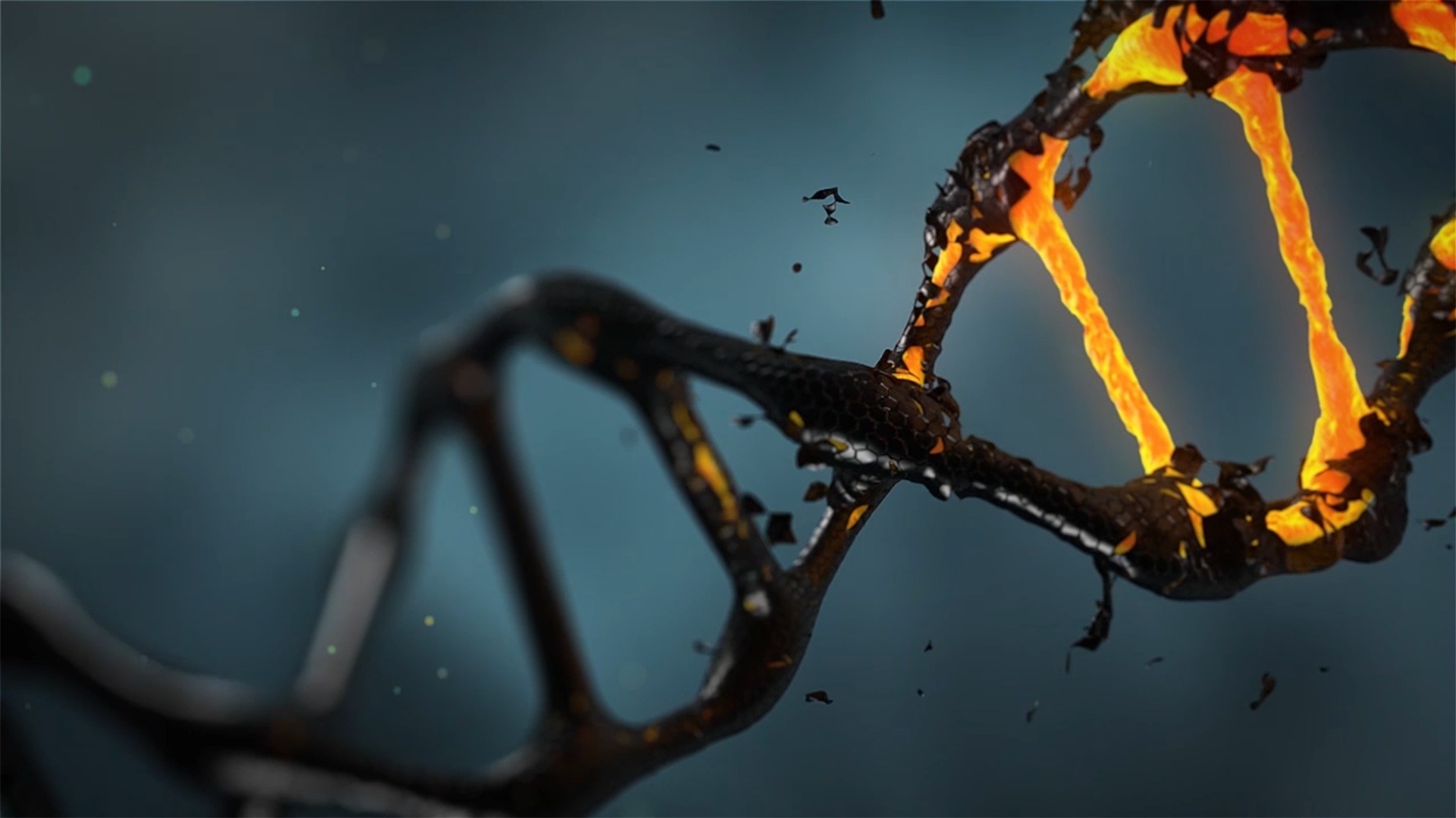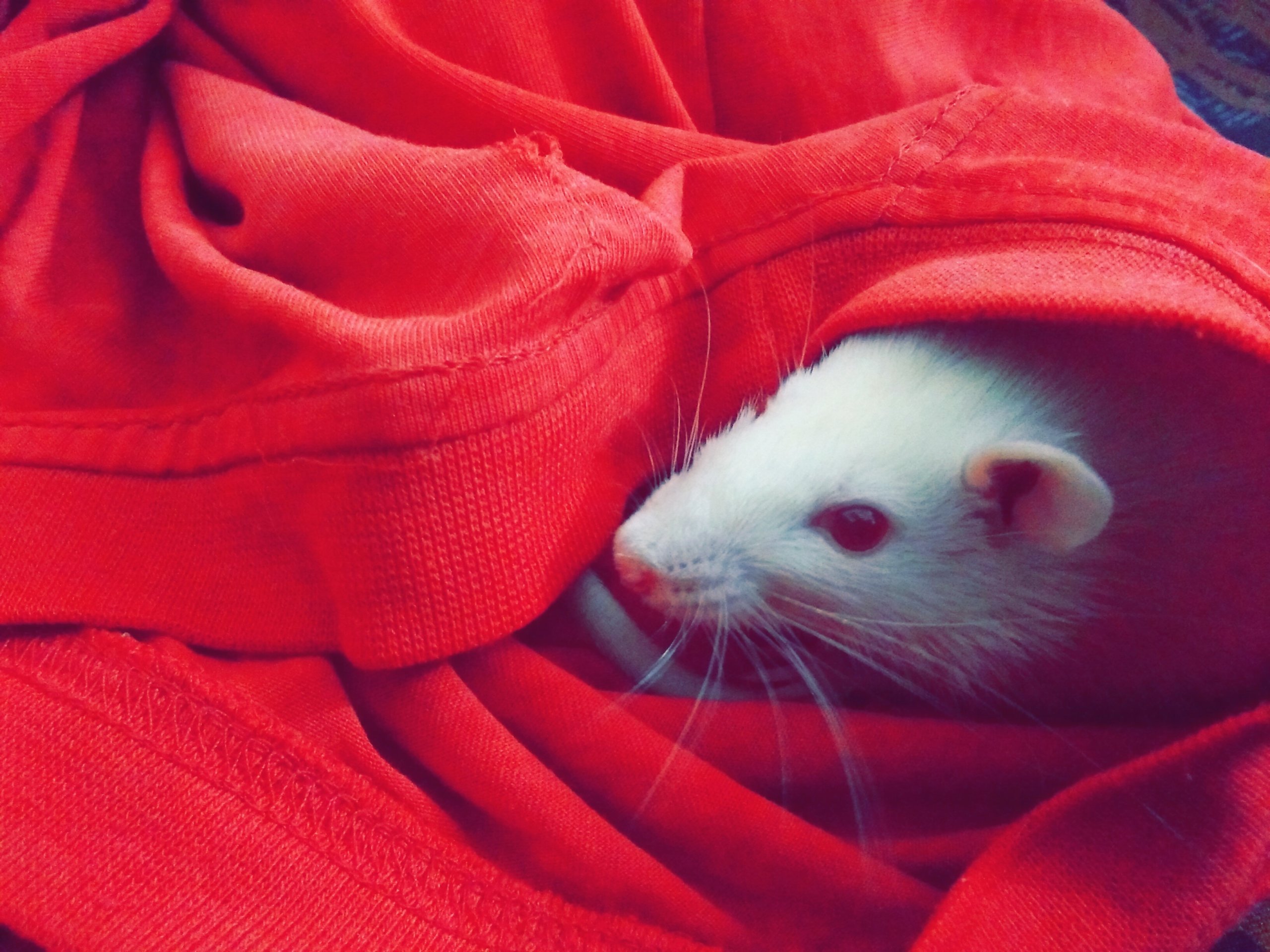 Crispr is well-known globally for its ability to manipulate genes by finding the appropriate genomic sequence and editing through cut-and-paste methods. Although the potential for Crispr is endless, it hasn’t been used in many human experiments.
Crispr is well-known globally for its ability to manipulate genes by finding the appropriate genomic sequence and editing through cut-and-paste methods. Although the potential for Crispr is endless, it hasn’t been used in many human experiments.
Victoria Gray received a successful infusion of Crispr cells a year ago for her sickle cell disease, but researchers say it’s not been long enough to call it a cure. Experts are quick to point out that Crispr can’t do complex tasks that are necessary for curing other diseases. In fact, Crispr may be great for editing DNA, but it’s not useful for replacing bad genes with good ones. A different tool will be necessary to make DNA insertions larger than a few bases.
The Rise of Gene Writing
Geoffrey von Maltzahn is CEO of Tessera Therapeutics, a company founded in 2018 by Boston-based Flagship Pioneering, a biotech investment business where von Maltzahn is a partner. Tessera Therapeutics recently garnered $50 million in funding to develop a new type of genetic engineering: a type of molecular manipulator that can do everything Crispr can do and more, called “gene writing.”
According to von Maltzahn, the new technology can make simple base pair changes, perfect deletions, and many more complex tasks like making large alterations to the genome. It’s built after how bacteria manage viral infections: the idea of Crispr is used by bacteria to steal some of a viral phage’s DNA or RNA and store it in its memory bank. Bacteria have mobile genetic elements (MGEs) that can be sent and received by other bacteria, in an attempt to pre-emptively avoid the next phage attack.
MGEs aren’t always beneficial, however: if a bacteria receives an MGE that alters its critical gene regions, the MGE can destroy the bacteria. Joe Peters is a microbiologist at Cornell University. He says that MGEs were necessary for life to evolve on Earth, but that “99.99999 percent of them are bad. Bacteria are trying at any cost to stop MGEs from destabilizing their genome.”
Botanist Barbara McClintock first discovered MGEs in maize in 1931, and she referred to them as transposons or “jumping genes.” For many subsequent decades, scientists dubbed these genes “junk DNA,” and it was difficult to receive funding to study MGEs further. Eventually, scientists like Peters realized that MGEs are highly-evolved systems for finding, editing, and adding new DNA. Indeed, Crispr is actually an evolved transposon that contains the code for a protein that cuts specific DNA stored in its memory bank.
Useless to Useful
Obviously, transposons can sometimes come full circle. For example, Peters and his partner found that one type of transposon stole Crispr genes and used them to move between bacterial hosts. Crispr was then shared with other MGEs, bacteria, and viral phages to use for defense or offense. Through seeing these applications, the researchers concluded that MGEs could be utilized for genetic engineering.

Now, Peters’ Cornell lab is working closely with Tessera to look for new MGEs that have genome engineering potential. Tessera is most interested in transposons (cut themselves out of the genome and move into another genome) and retrotransposons which make a copy of the genes and transport them to a new genome. These MGEs know where they’re working because they’ve got special base sequences at the beginning and end that mark the boundary.
Tessera believes these two types of MGEs can make the biggest impact because you can add new genes between sequences and let the MGEs do to work to move the therapeutic genes into a patient’s DNA. The company’s team of bioinformaticians have been searching through public genomic databases that contain sequences of hundreds of thousands of bacteria from all over the world. They’re looking for MGEs that might be invaluable for therapeutic genetic engineering.
So far, the company has found about 6,000 retrotransposons and 2,000 transposons that look promising. Tessera has a team of 35 scientists that utilize these MGEs in human cells to understand how each one works. Often, a promising MGE will get edited in the lab or go to a different location. As of now, the company hasn’t found any MGEs that can eliminate an inherited disease in humans.
Uncertainty About Medical Applications
In rats, however, the company has been able to use MGEs to insert copies of a large green fluorescent protein gene as a way of showing that the company can place designer DNA into a genome. Making a rat glow isn’t new, but Tessera’s method is innovative: scientists need to inject only a small amount of RNA to kick off the process. Giving delivery and editing instructions to a DNA-altering group of genes has been difficult in the past. Usually, gene therapies use a hollowed-out viral phage to insert DNA into an animal or human. It can only be done once, however, because people develop immunity to the phage’s shell.

Tessera’s RNA method has never been done before, and it’s not only a first for genetic medicine but for molecular biology as well. Fyodor Urnov is the scientific director of UC Berkeley’s Innovative Genomics Institute and a gene-editing expert. He says it’s not certain yet if gene writing is the superior medical application compared to Crispr, but only time and additional experimenting will tell.
The Next Step for Human Gene Writing
At Tessera, human trials are still a year or more away. The company’s currently focused on building a manufacturing team and working out which diseases they want to focus on first. The only information we know is that they want to go after rare genetic conditions first. von Maltzahn says that the company’s edited MGEs are the best technology they have right now, but the goal is to create a suite of molecular machines that can address many human diseases.
It turns out that gene writing may not be such a distant reality: gene therapy took decades of research and experimentation before humans were trialed. Crispr took seven years to reach human trials. And gene writing may take only five years to make its mark.





